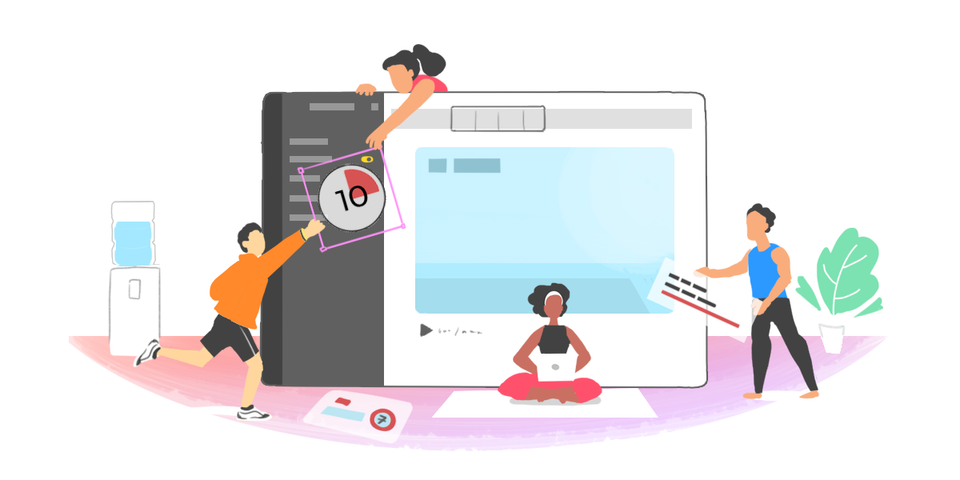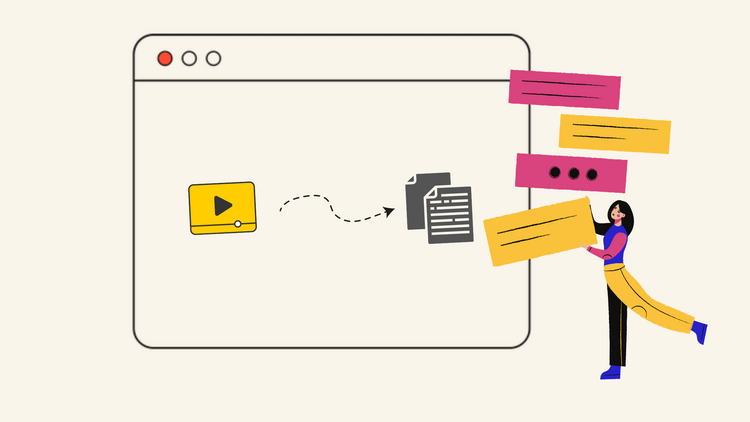How to create videos for IGTV and YouTube: Top 3 Principles
With IGTV's launch last week, a lot of creators on YouTube have been pondering if they have to switch from YouTube to IGTV, to start afresh on the new video content platform or keep creating videos for their audience on YouTube. This dilemma is quite natural to have. However it's important to see the bigger picture about why Instagram (acquired by Facebook in 2012) launched IGTV and how the content platform business model works. You might find this blog post to understand those nuances better - Why creators should care about IGTV. At the end of the blog post, I second the approach to accommodate IGTV to a creator's video plans and this article is a sequel post on how creators need to make some principle changes to their approach towards content creation to get the best out of the opportunity in the content creation business, which will include switching up how they want to connect and draw their audience in on this platform, including using video graphics, Royalty-free music, as well as adapting their media language. So let's dive right in!
1. Not a video anymore. It's a campaign.
Most creators think of content creation from a video perspective. If you go to a YouTuber meetup, it's common to hear people say "I do 2 videos a week", "I try to take it slow and produce good quality content. So it's mostly 1 video a month" etc. At a fundamental level, this thought process needs to be shaken. With the entry of IGTV, it's important to start looking at every video production you do from a broader perspective - video campaign.
Every video, for a content creator, performs 2 primary functions:
- engage with existing audience
- grow the reach to new audience
Keeping this in mind, you will need to start listing down all the platforms where you can serve either of the 2 functions effectively. It could be Twitter, Instagram, Blog to grow your audience and maybe Facebook, YouTube and IGTV to engage with your audience. To keep this simpler, you are now going to divide all your distribution channels into 2 categories:
- Primary (core) distribution platforms - where you engage with your audience with your primary content experience
- Ancillary distribution platforms - where you engage with audience who could potentially start following you on the core platform.
Usually, your core platform would be tied strongly with your monetisation model (advertisements on videos, product placements etc). This way of looking at video distribution is not new. In fact, a year back I wrote about how Lilly Singh AKA ||SuperWoman|| leverages the concept of video campaigns pretty well.
With IGTV in place, it's time to adapt to a new scheme of video distribution. With the new platform openly competing with YouTube, you can re-think what your core and ancillary distribution platforms are. For a serious content creator who serves the internet population, here's how you could think of setting up your campaigns:
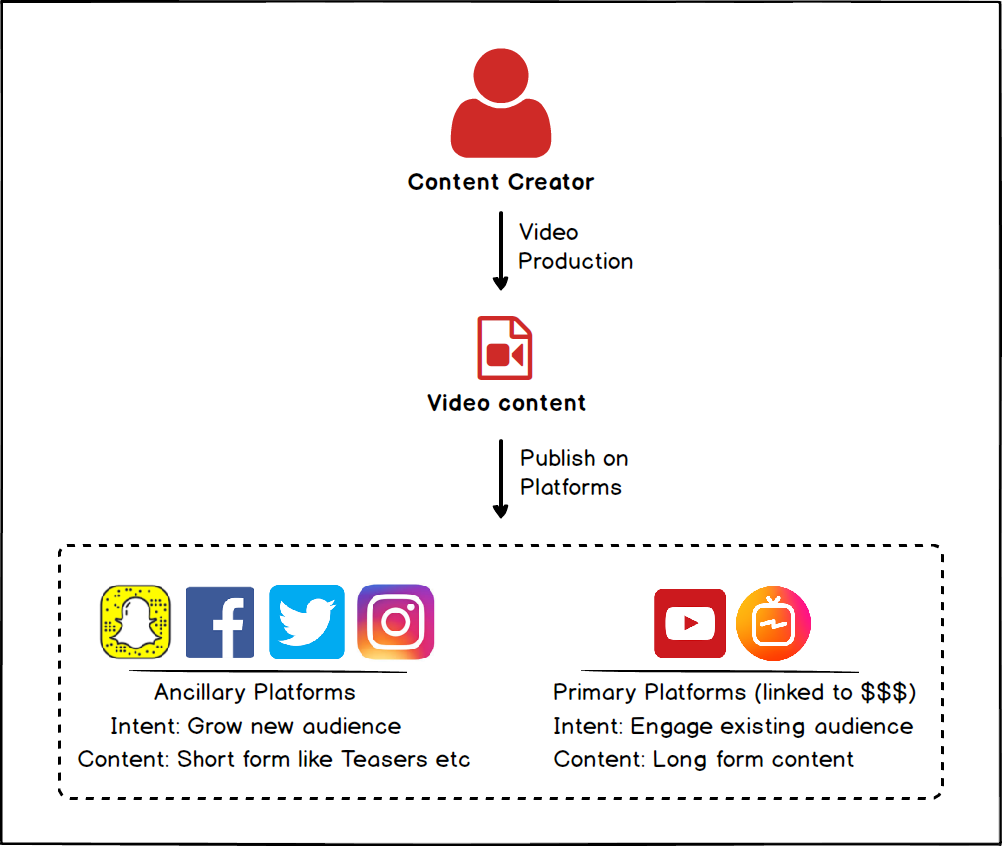
Ancillary and Primary Platforms for promoting your content
What you see above is just a reference. Based on the nature of content and audience, you might end up leveraging a different combination of ancillary and primary platforms. But either way, it's important to start looking at your video creation strategy from this point of view.
2. Be Flexible. Widescreen, Square and Vertical videos
As you've already seen, most creators are going to be torn between video aspect ratios (also called frames for it's simplicity) that are poles apart - widescreen and vertical. However, to be able to leverage the power of all the video content platforms out there, you have to be flexible enough to ensure you have video content that's compatible with different screen sizes. Here's a rough idea of what frames are most popular in different platforms (Instagram works with Square for normal videos and Vertical for stories):
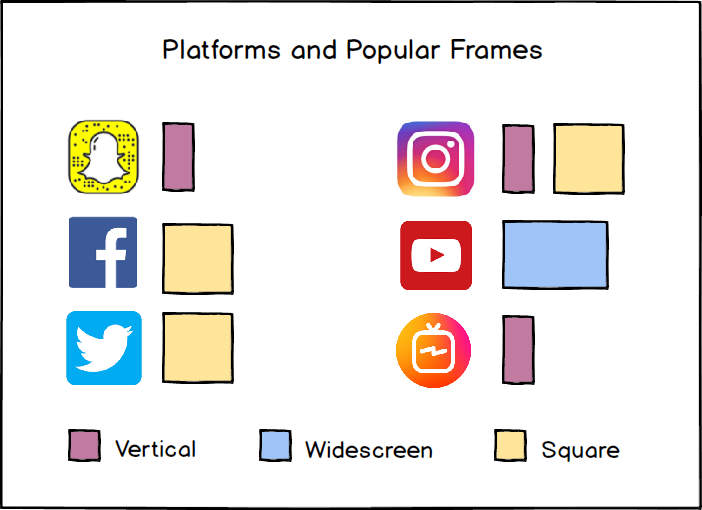
Platforms and their preferred frames
Lesson to learn here - plan your video creation process keeping in mind the different platforms where you'd be publishing the campaign and what frames are preferred on these platforms. Let's see how this would impact the different phases of video creation:
A) Pre-production and Production (shooting): If you do story-boarding or screenplay for your videos, try to accommodate shots that would look good in all the preferred frame types for the platforms you are creating the videos.

Framing would be important aspect of production in the coming days
The same applies to production phase as well. Try to keep in mind how the main subject would be portrayed well on all frame types that you are catering to.
Also, it's a good idea to look into Miami production studios and find the one most suitable for the videos you will be shooting. The end result will be a lot better than if you were to do it in your own DIY space.
B) Post-production and editing: Create a workflow and setup a tooling that enables you to create videos for the different frame types quick and easy. You will find tools like Typito help you with this.
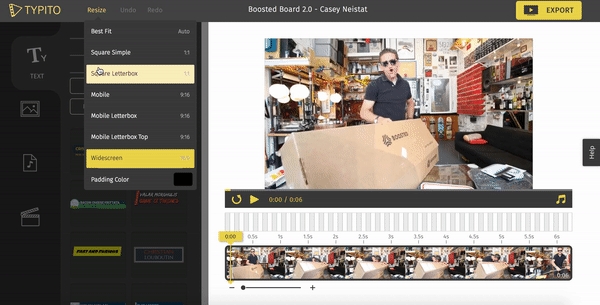
Ability to change frame types for campaign production is essential
So that's principle 2 for you - be ready to create videos for different screen sizes.
3. Add text and graphics on video campaigns
It might sound weird, the notion of users watching long form videos in mute mode. However, with more videos being watched on devices than ever before, you will slowly have to embrace the fact that watching (or starting to watch) a video in mute mode on a mobile phone is very normal behavior.
For such use-cases, adding graphics and text on the video is a simple way to drive better context to the users. We even tried to break down why text on videos is a strong medium of communication and it holds true. You can see many prominent video creators like ScreenJunkies repurposing their YouTube video on IGTV with 1 prominent difference - captions!
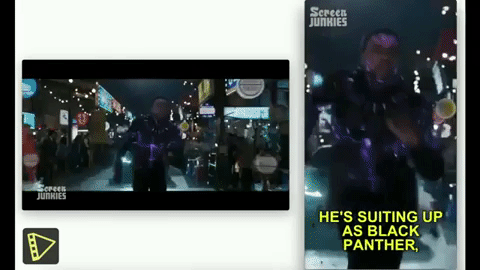
ScreenJunkies' Black Panther honest trailer on YouTube and IGTV
Combining this with our first principle of creating video campaigns, adding text on short form teaser videos published on ancillary video platforms is a great way to engage the audience on those platforms. Food videos on Facebook have done this bit really well, with content leaders like BuzzFeed Tasty and others creating short and minimally instructional videos.
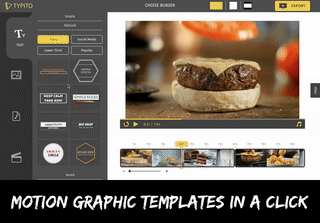
Add overlays and captions whenever they can add value to the video campaign
We hope these 3 principles will enable creators to produce content that leverages the power of internet to the best. Please let us know how you plan to create your campaigns going forward!

